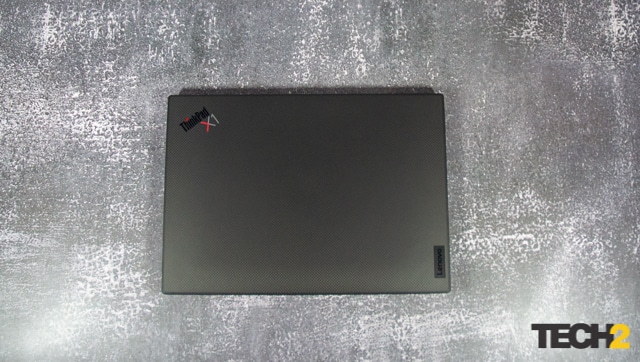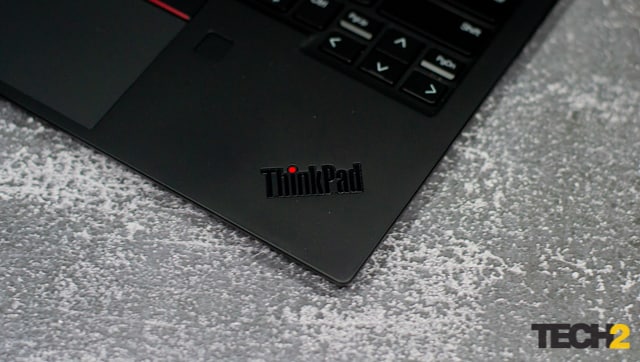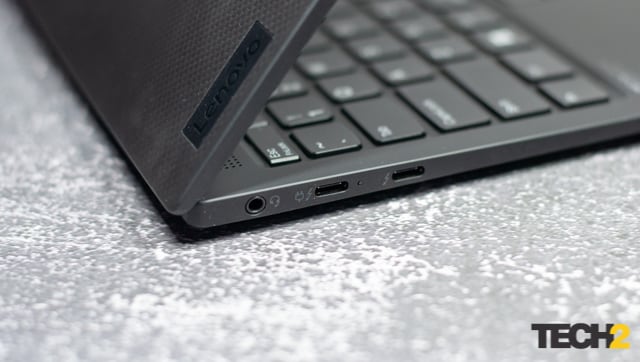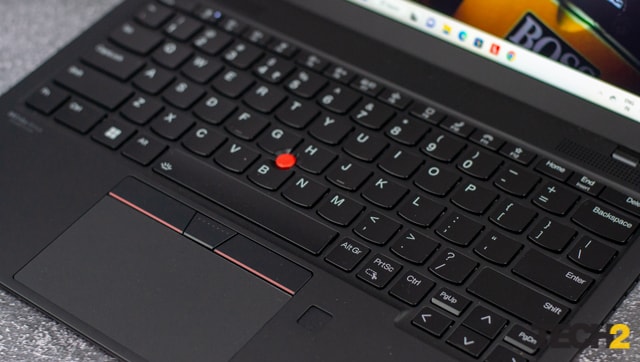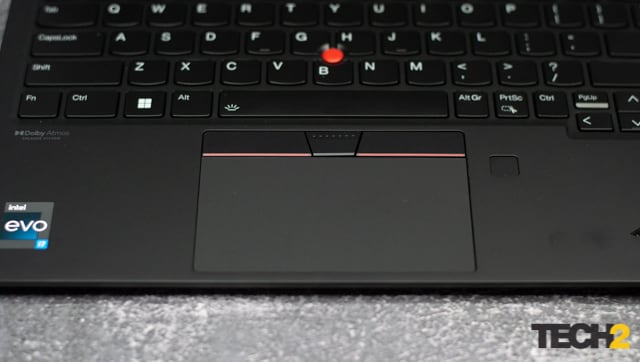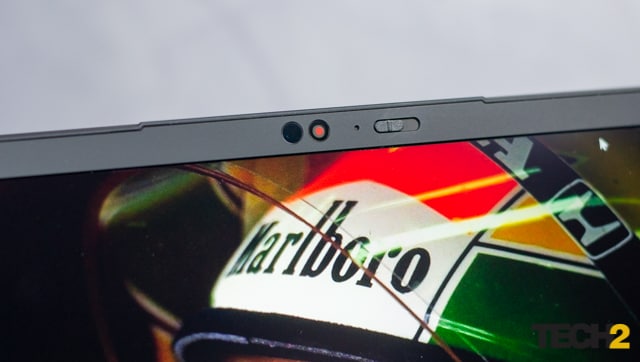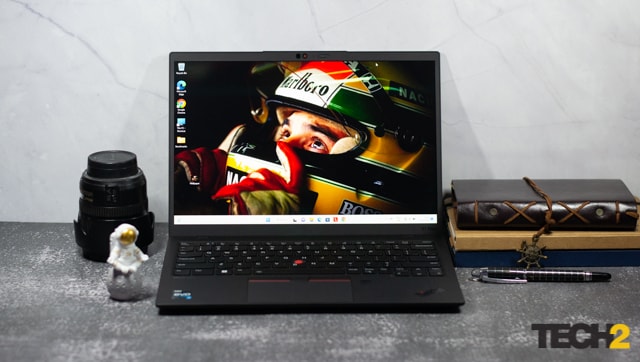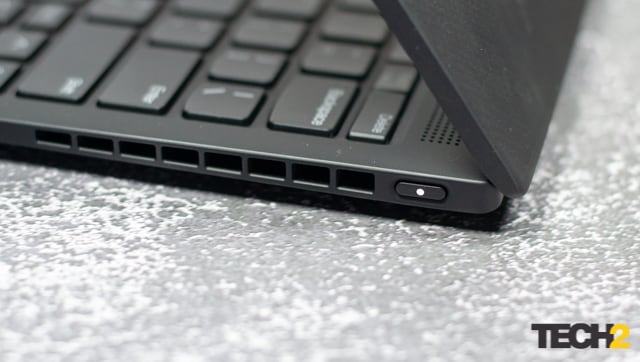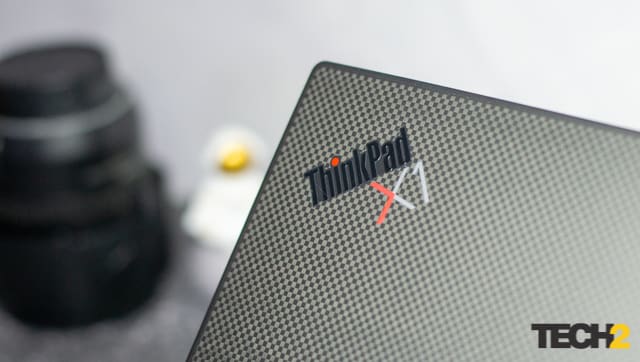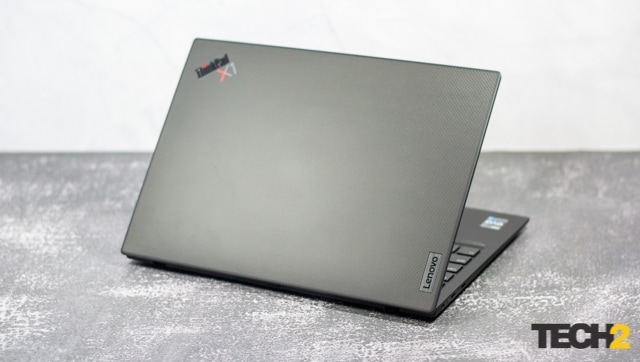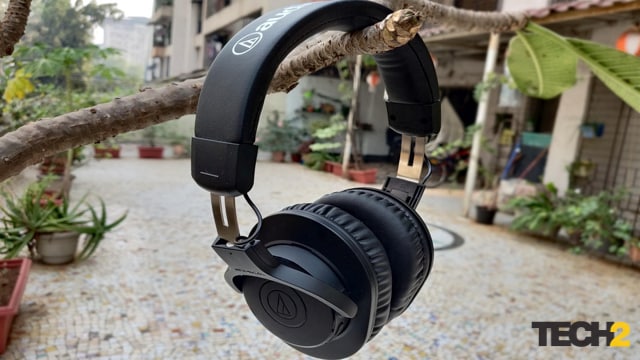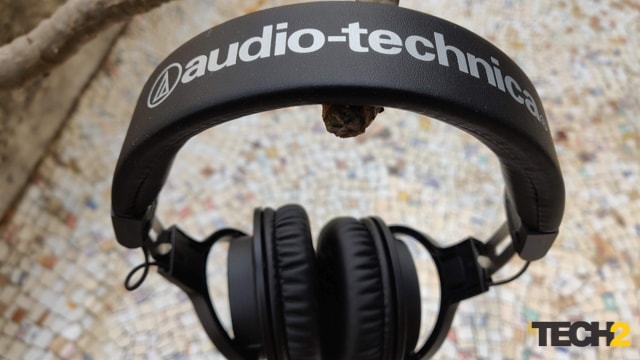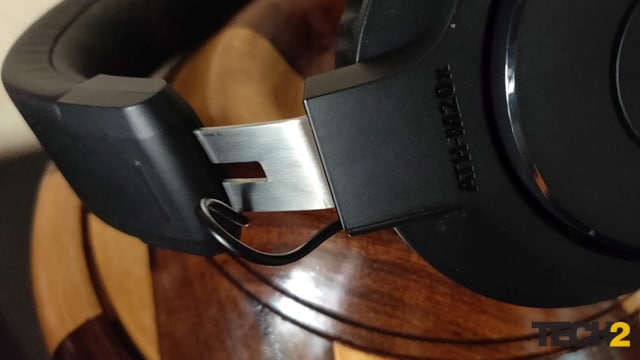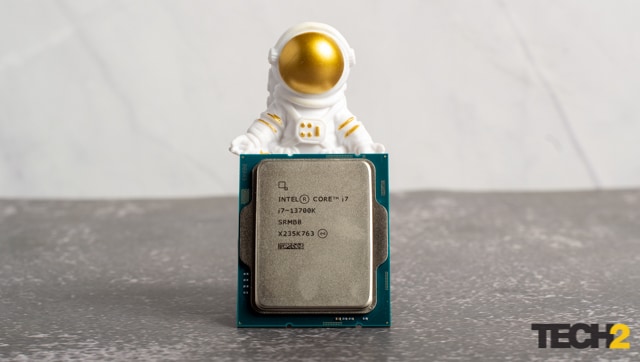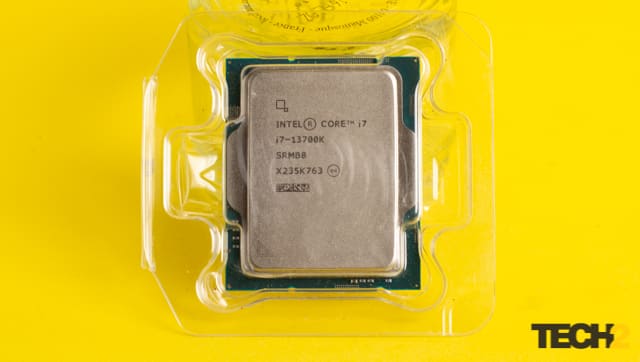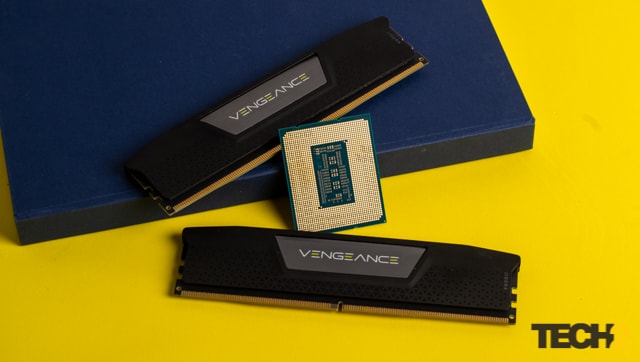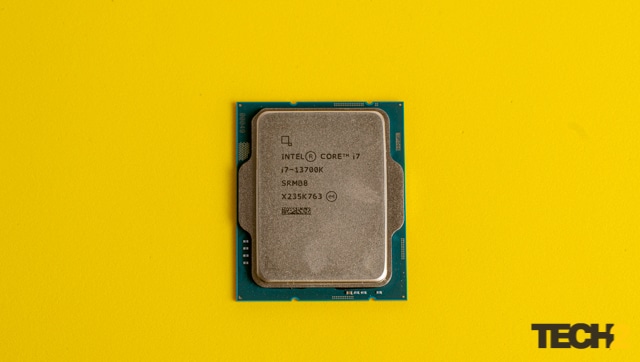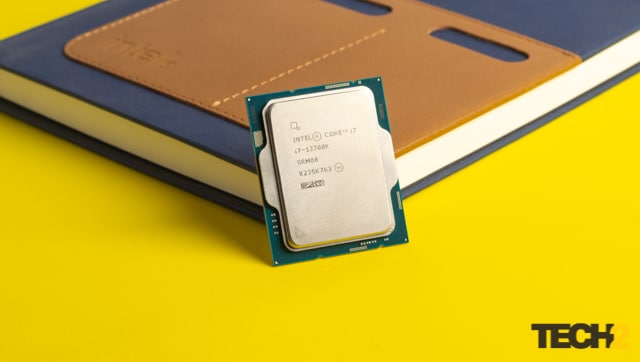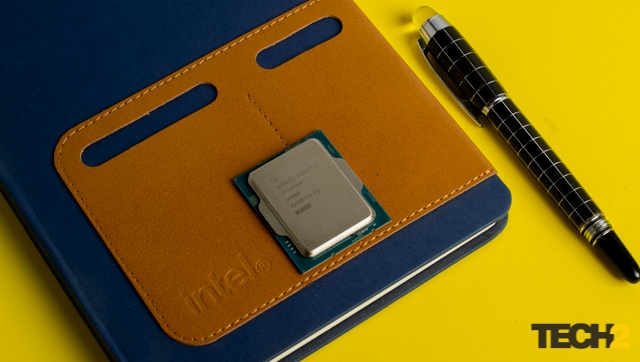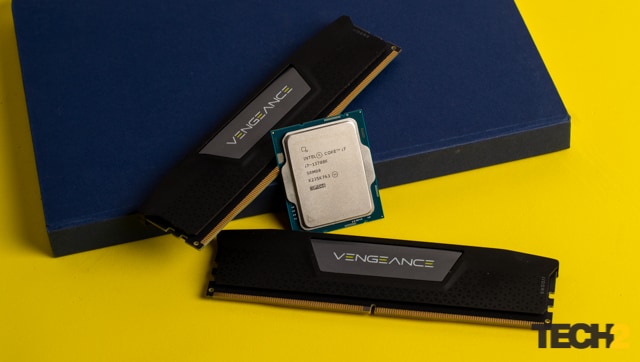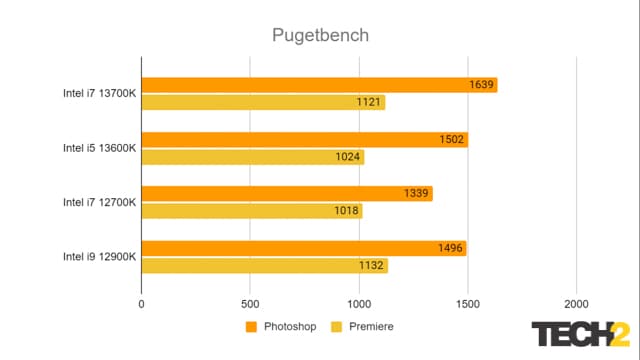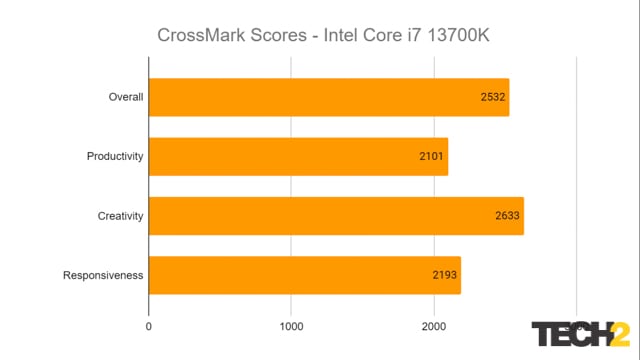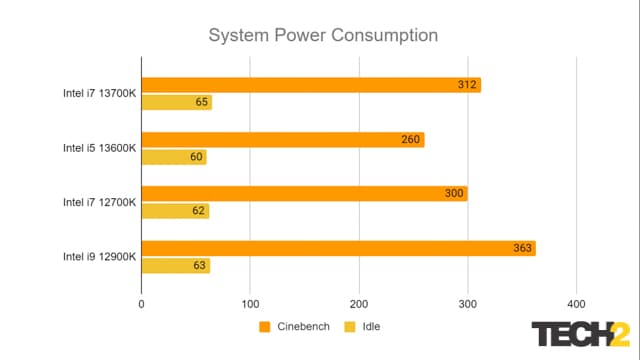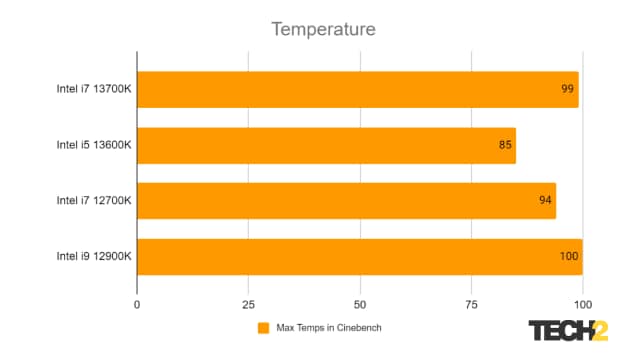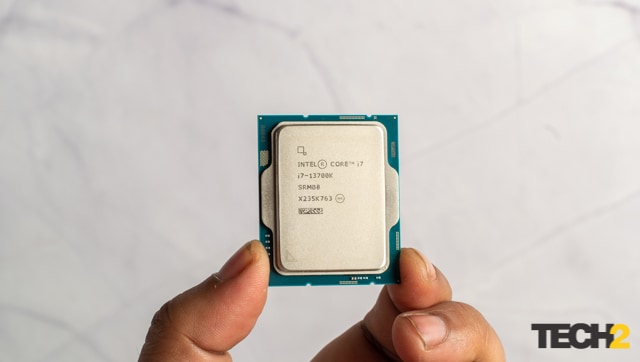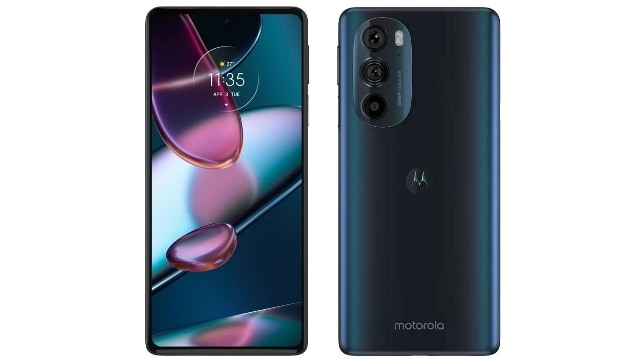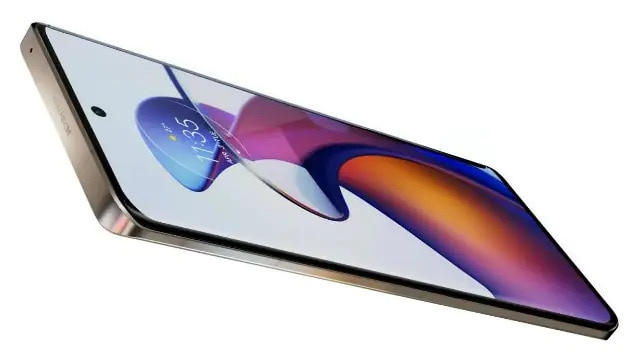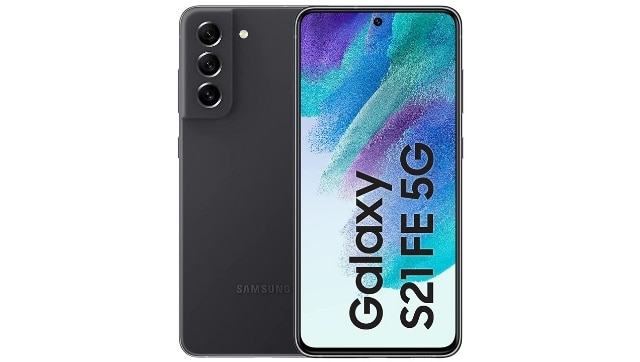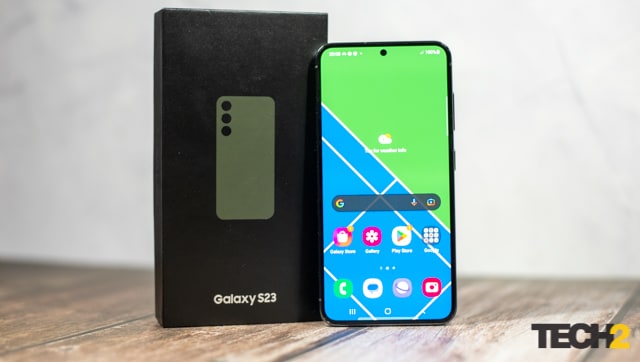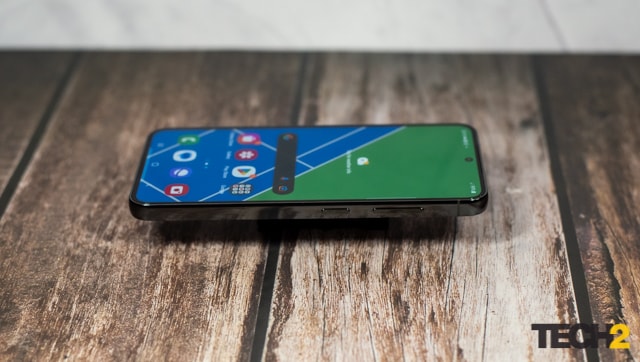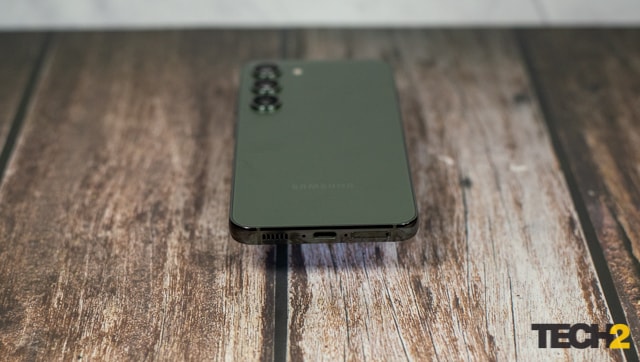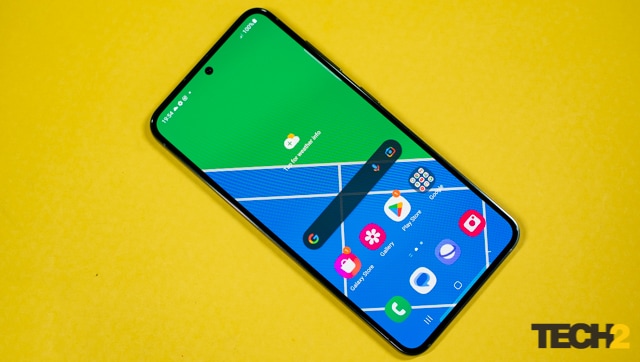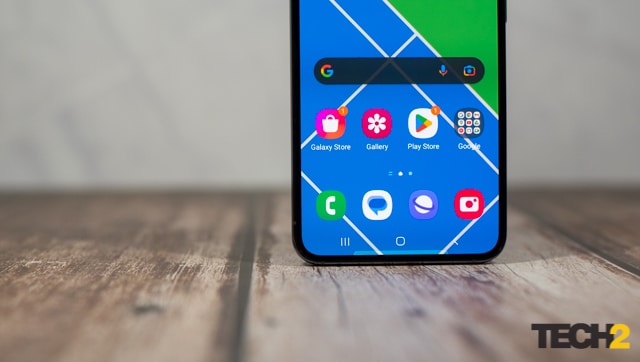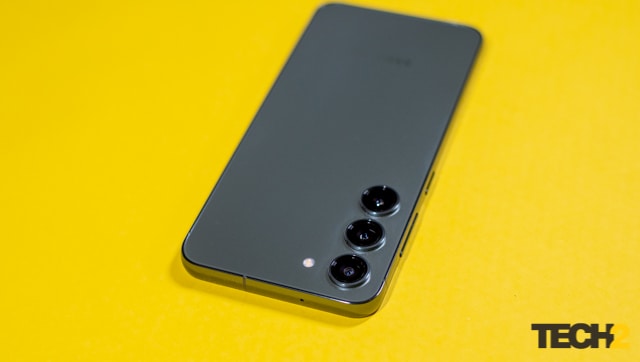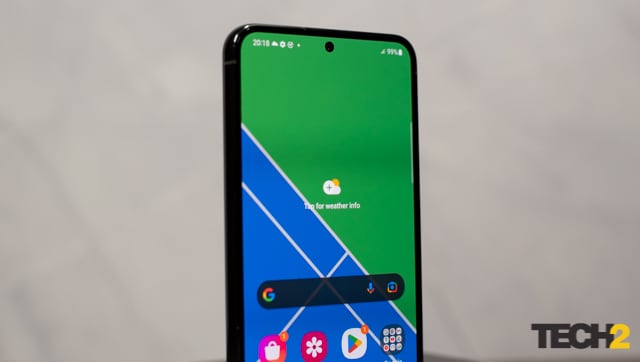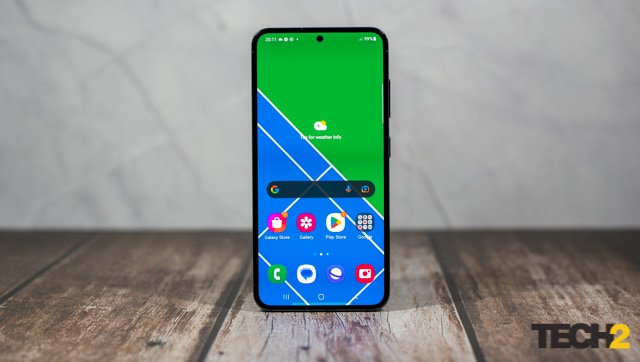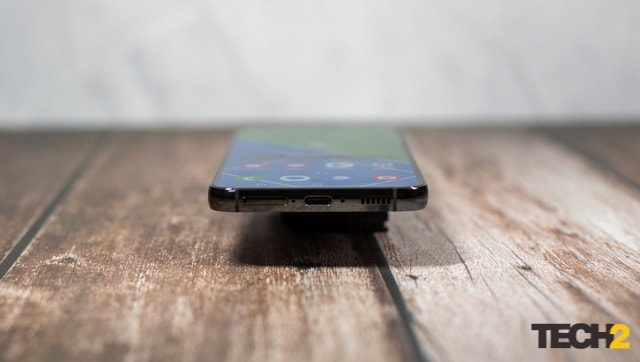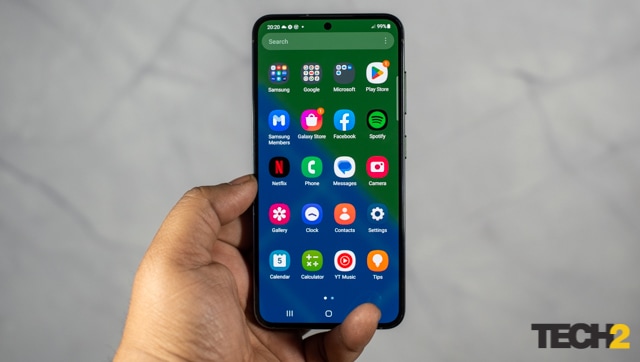Pros:
– Key features of Pixel 7 Pro for significantly less money
– Premium build and design
– IP68 ingress protection
– Excellent main camera
– Best Android 13 experience; more updates guaranteed
– Sharp display
– Good overall performance
Cons:
– Slow charging; no charger in the box
– Ultra-wide camera does not have auto-focus
– Temperamental fingerprint scanner
Rating: 4/5
Price: Rs 59,999
The Google Pixel 7 Pro is a wonderful all-round phone that comfortably made it to our ‘Best phones of 2022’ list, courtesy of its great camera performance and smooth software experience. Despite the positive experience, it isn’t exactly an affordable phone for a vast majority of buyers. A lot of people don’t care about features like a curved display or QHD resolution. For most Pixel phones are mainly about the camera quality and faster software updates.
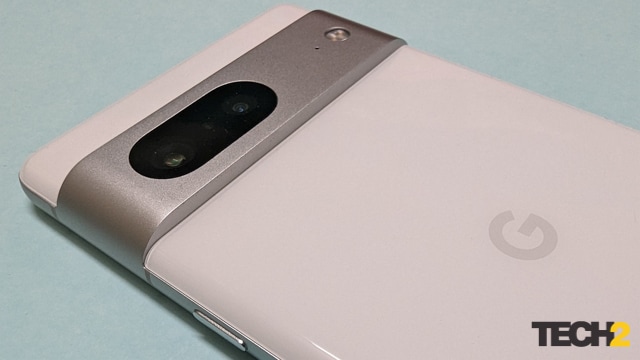
If you think on similar lines, the Google Pixel 7 may suit you better. It retains a lot of goodness of the Pixel 7 Pro that includes the main camera as well as the software experience, and also the processing hardware. Yes, it misses out on the extra telephoto camera and a higher refresh rate display among other things, but saves you a good Rs 25,000. Time to figure out if it indeed translates into better value for money.
Google Pixel 7 Design: Feels premium with a sturdy build and just the right size
The Pixel 7 feels rugged in hand and looks premium courtesy of an aluminium frame and glass back. The IP68 rating for dust and fluid resistance has been retained here, which is good to see. The curved screen on the Pro has been replaced with a flat one here, which is acceptable. The display and back are protected against scratches by a layer of Corning Gorilla Glass Victus. The fingerprints and smudge marks are barely visible on the Snow White variant that we got for review. The combination of a white body and metallic grey borders looks classy.
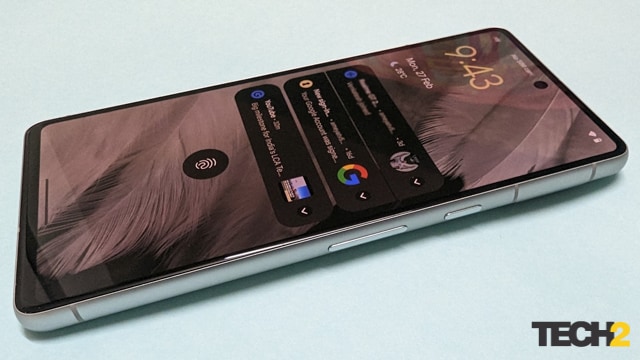
The metallic grey extends to the trademark camera band at the back. The design is quite similar to that of the 7 Pro but with one less camera. While it makes the phone design more striking, the protrusion makes the phone look bulkier, and there’s a noticeable amount of dust accumulation at its base. Due to the relatively smaller screen, the phone feels great in hand. The weight has been kept under 200 grams too.
The volume rockers as well as the power button are placed along the right edge. The placement of the in-display fingerprint scanner is perfect, and one can access it without stretching the thumb much. The scanner remains moody though, and at times just doesn’t recognise your fingerprint and asks for the pin or pattern. The SIM tray is located along the left edge of the phone, while a USB-C port and a speaker are present along the bottom edge. A memory card slot and 3.5 mm headphone jack are absent.
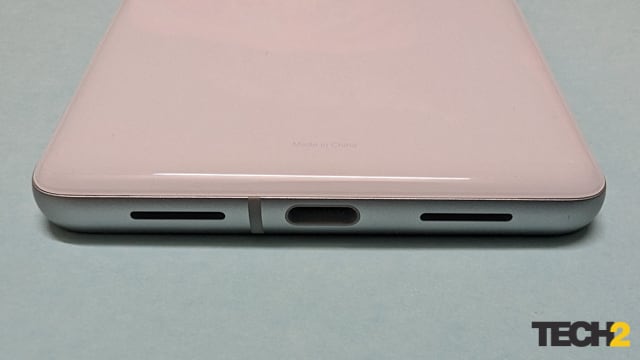
Google Pixel 7 Display: Sharp display but with 90 Hz refresh rate
The Google Pixel 7 has a compact 6.3-inch Full HD+ AMOLED display with a peak brightness of 1400 nits. The HDR10+ compliant screen is quite sharp with excellent colour reproduction and contrast. Just like in case of the Pro, you do not get elaborate colour adjustments here. You just get two modes – Adaptive and Natural. The former makes the colours look slightly more vivid while the latter keeps things natural. Try both and choose one that suits your taste.

Google has been stingy with the refresh rate here, and it has been limited to 90 Hz. It isn’t a deal breaker yet and significantly smoother than 60 Hz, but this isn’t exactly a budget phone and the company should have opted for 120 Hz in my opinion. Phones selling for less than half its price offer 120 Hz AMOLED displays. As I mentioned earlier, you do not get a curved display here, and we are perfectly fine with that. Always on display is available if you prefer it.
Google Pixel 7 Performance: At par with that of the Pixel 7 Pro
The Pixel 7 is powered by Google’s second generation Tensor 2 processor that powers the Pixel 7 Pro too. As we concluded in the 7 Pro review, it isn’t as powerful as Qualcomm’s Snapdragon 8 Gen 1 chips in synthetic benchmarks, and only incrementally faster than the first Tensor chip. The raw performance of the Tensor 2 is similar to Qualcomm’s previous flagship Snapdragon 888 SoC, which isn’t bad at all. But one mustn’t forget its AI crunching capabilities that popular synthetic benchmarks do not compute.
You get just one variant of this phone in India with 8 GB RAM and 128 GB UFS 3.1 storage. We would have preferred a 256 GB option, but even the company’s flagship hasn’t been blessed with that. The Tensor 2 breezes through day-to-day tasks like accessing social media or chat apps, watching videos, browsing the internet, opening multiple tabs or switching between them. Things were equally smooth in photography and gaming. The phone generally stays cool and only gets a little warm after half an hour of gaming.
We ran a few synthetic benchmarks to gauge its performance. I won’t bore you with the numbers this time but we can safely state that the scores are literally neck and neck with the Pixel 7 Pro with less than 2% variance at most. Even the frame rates in 3DMark Wild Life and Wild Life Extreme benchmarks are exact. Benchmark scores apart, the Pixel 7 managed to run every game we tried on it smoothly at high settings without a stutter.
This phone has two speakers, one behind the earpiece and the other at the base of the phone. Collectively they produce a fairly loud sound output with good stereo separation. The phone is Bluetooth 5.2 compliant and has tri-band WiFi with support for a/b/g/n/ac/6e standards. The call quality and reception were perfectly fine during the course of our testing.
Google Pixel 7 Battery performance: Decent battery life with no real fast charging
The battery backup on the Pixel 7 is pretty decent. Despite a lesser capacity 4355 mAh battery as compared to the 7 Pro, it lasts a little longer than the Pro courtesy of its smaller and lower resolution display. It stays powered for close to 30 hours of moderate use, which is fine for the segment. The charging times remain poor in comparison to the competition though. Google does not include a charger in the bundle; just a USB-C cable.
If you use a generic 10W charger, the phone takes close to 3 hours to charge fully. That holds true even for popular Super VOOC/ Super DART fast chargers from Oppo or OnePlus that can only deliver a 5V/2A output for the Pixel 7. The phone does support 20W fast charging using USB-PD 3.0 chargers. So we got a couple of compatible chargers from Stuffcool, including their Neo 45 that can deliver 20W and 25W USB-PD output.
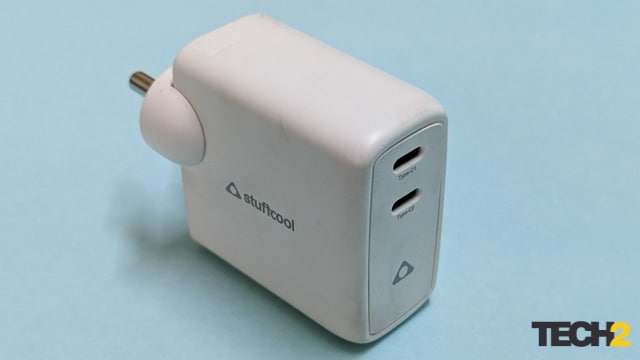
The fastest time we clocked for charging the Pixel 7 from 1% to 100% was 1 hour and 35 minutes. Using an even faster USB-PD charger didn’t speed up things as the power draw is capped for this phone. While its best charging time is nowhere close to the proprietary solutions from most brands these days, it is still half of what standard 10W chargers take. So if you don’t have one already, it is advisable to buy a charger that supports 20W USB-PD output at least.
Google Pixel 7 Camera performance: Flagship grade main camera in all conditions
You get two cameras at the back as compared to three on the Pixel 7 Pro. The 50MP primary camera with Laser auto-focus and optical image stabilisation (OIS) is exactly the same as on the 7 Pro and performs as well. The 48MP telephoto camera has been omitted here to have some points of differentiation between the two phones. The 12MP ultra-wide camera, though seems similar on paper, misses one crucial element. While the slightly narrower 114-degrees FOV is not an issue, the lack of auto-focus is. Due to its absence, the ultra-wide camera cannot double up as a quality macro camera as on the Pro.
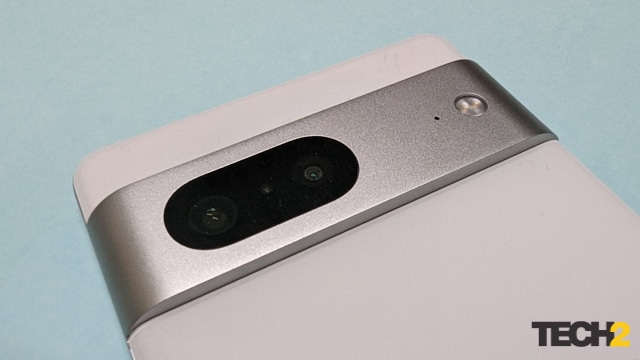
The main camera captures some excellent shots in bright as well as low light conditions. The colours are accurate, and pretty much like that of the actual subject. The contrast is excellent, which has been a trademark of Pixel phones over the years. The camera captures great detail in images with impressive dynamic range. The same is applicable for low light photography too.
The phone automatically switches to Night Sight mode when the light is low and that brightens up the image without going overboard or compromising on the detail. However, the red shades feel slightly softer with Night Sight enabled. The Pixel phones have been great at capturing portrait shots, and the Pixel 7 is no different with excellent edge detection and near perfect background separation. A 2X zoom option in Portrait mode is available here too, and is quite handy.
Speaking of zoom, while a dedicated telephoto camera is missing here, you still get 2X to 8X zoom options which are mostly digital. The 2X output feels as good as optical zoom, and things are just about usable up to 5X. Beyond that images feel too soft and lack detail. The 12MP ultra-wide camera is quite good when the light is good, and the colours and dynamic range are comparable to the main camera. But when the light is low, it is best to stick to the main camera. As I mentioned earlier, the ultra-wide camera lacks auto-focus, and hence you do not get a macro mode here.
The selfie camera is the same as on the Pixel 7 Pro. The 10.8MP front camera does a good job with selfies with natural skin tones. It has a fairly broad FOV and supports portrait shots too that come out quite well. This phone can record 4K videos at 30 and 60 fps, and can go as high as 240 FPS for 1080p videos. You get OIS and EIS support to compensate for the shakes. A 10-bit HDR option is available for videos too. You can record 4K videos at 30 or 60 FPS with the front camera as well. The recorded videos from the rear cameras are sharp and stabilised and pretty good for this segment.
Click here for unedited camera samples: https://photos.app.goo.gl/ueKcLmbJbyRuPG9E6
OS and user interface: As good as its gets on Android
There is absolutely no change in this department as compared to the Google Pixel 7 Pro, and you get the best Android 13 experience at the moment. The Pixel 7 runs the latest iteration of Android 13 with the February 2023 security patch, and one can expect more periodic updates. As with all Pixel devices, you get pure Android experience without any bloatware, and with the Material You design language. The user interface is fluid, totally lag free and void of any major bugs.
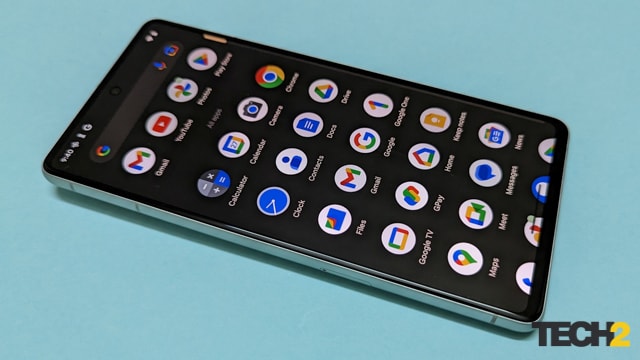
As we have said in the past, Pixel phones are as much about the software experience as the hardware. And that also includes the camera image processing in addition to some cool tools for image editing. The Magic Eraser and Camouflage options are more than handy, with the former letting you remove objects or humans from the images by simply circling or highlighting them. It produces perfectly acceptable results after a couple of attempts.
The face unlock on the Pixel 7 is still work in progress, and not in the same league as Apple’s Face ID yet. You get a bunch of useful tools on this phone to play with that won’t beg for your attention, but the software and AI algorithm quietly do their job in the background. Be it object recognition using Google Lens or speech recognition/ voice typing, things just work. Often we take the software aspect for granted, and only notice it when it malfunctions. So credit where it’s due for such a seamless experience.
Final words:
The Google Pixel 7 is priced at Rs 59,999 in India with a one year warranty, which makes it a good Rs 25,000 cheaper than the Pixel 7 Pro. It can often be spotted for Rs 5,000 to 10,000 lower in online sales. What one needs to let go of for that price difference is a higher resolution curved display, a dedicated telephoto camera (the one on the 7 Pro is quite awesome) and auto-focus on the ultra-wide camera, thus forfeiting its macro capabilities.
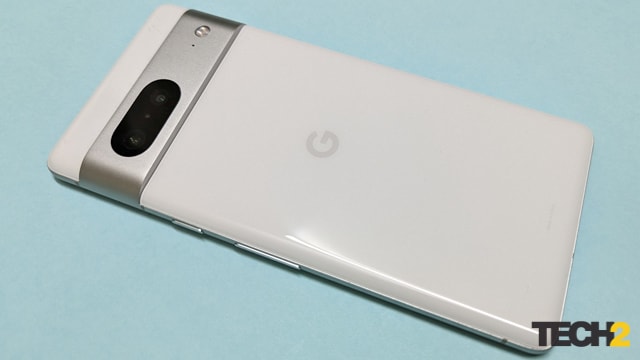
For 25K less, I can live without them given that we still get the same primary camera, the same processing hardware and the exact software experience here. Add to that, fast and periodic software updates for the foreseeable future, making the Pixel 7 an excellent all-round phone under 60K. Yes, you may need to spend more on a relevant fast charger if you don’t have one already, and even then the charging times are anything but fast for this age. Despite that, the Pixel 7 is a strong option in this budget.
As for alternatives, there are quite a few in this budget, but when it comes to pure Android experience and main camera performance, there are none. I would still like to recommend a couple of options that offer some extras in other departments. Firstly, the Realme GT 2 Pro with powerful processing hardware, an excellent display, good cameras and fast charging. And secondly, the newly launched powerhouse, the OnePlus 11 5G is arguably the most powerful phone out there at the moment with versatile cameras, an even better display and faster charging. Choose one depending on the features that appeal to you more.
from Firstpost Tech Latest News https://ift.tt/fZCLv9q

